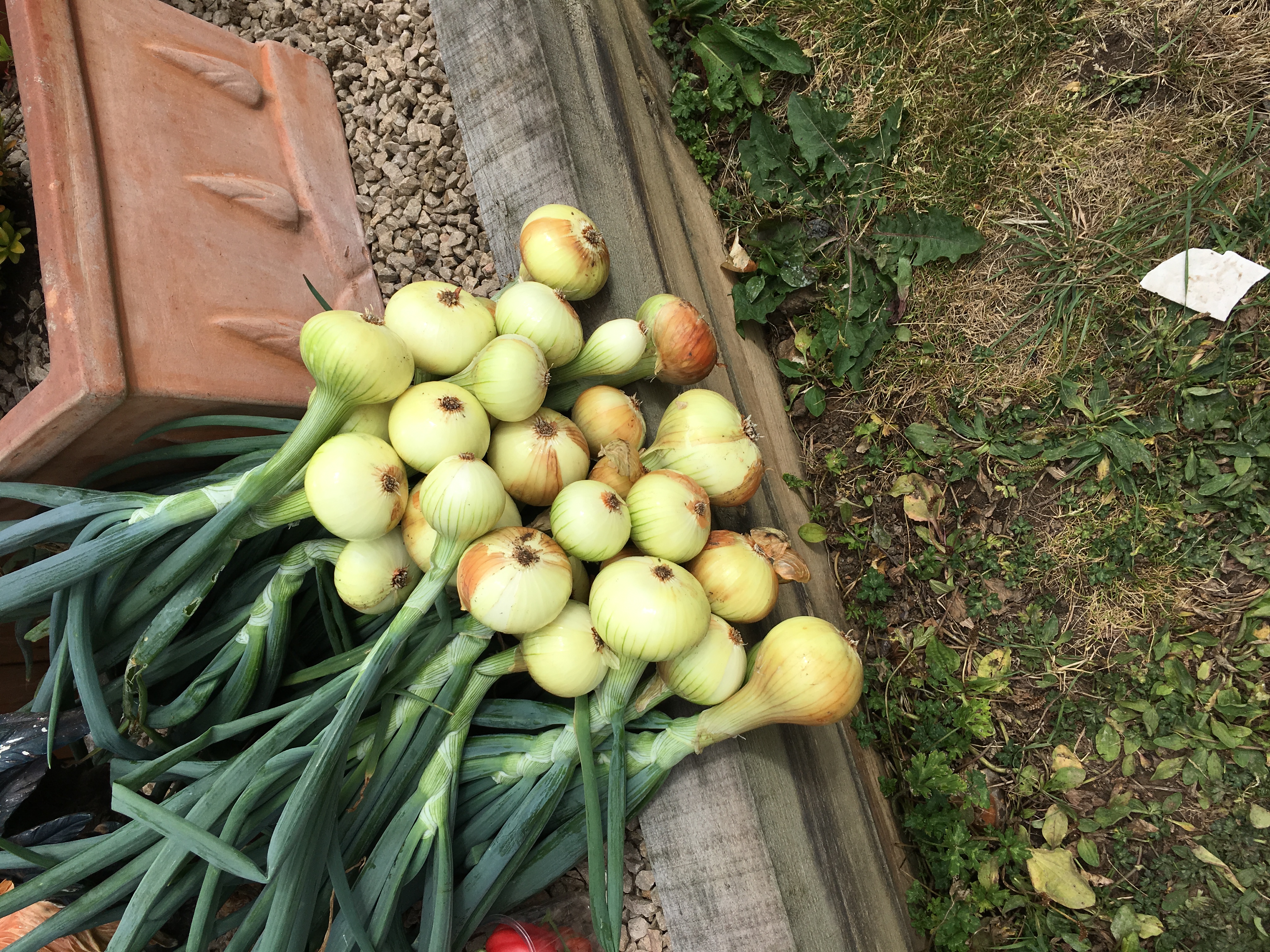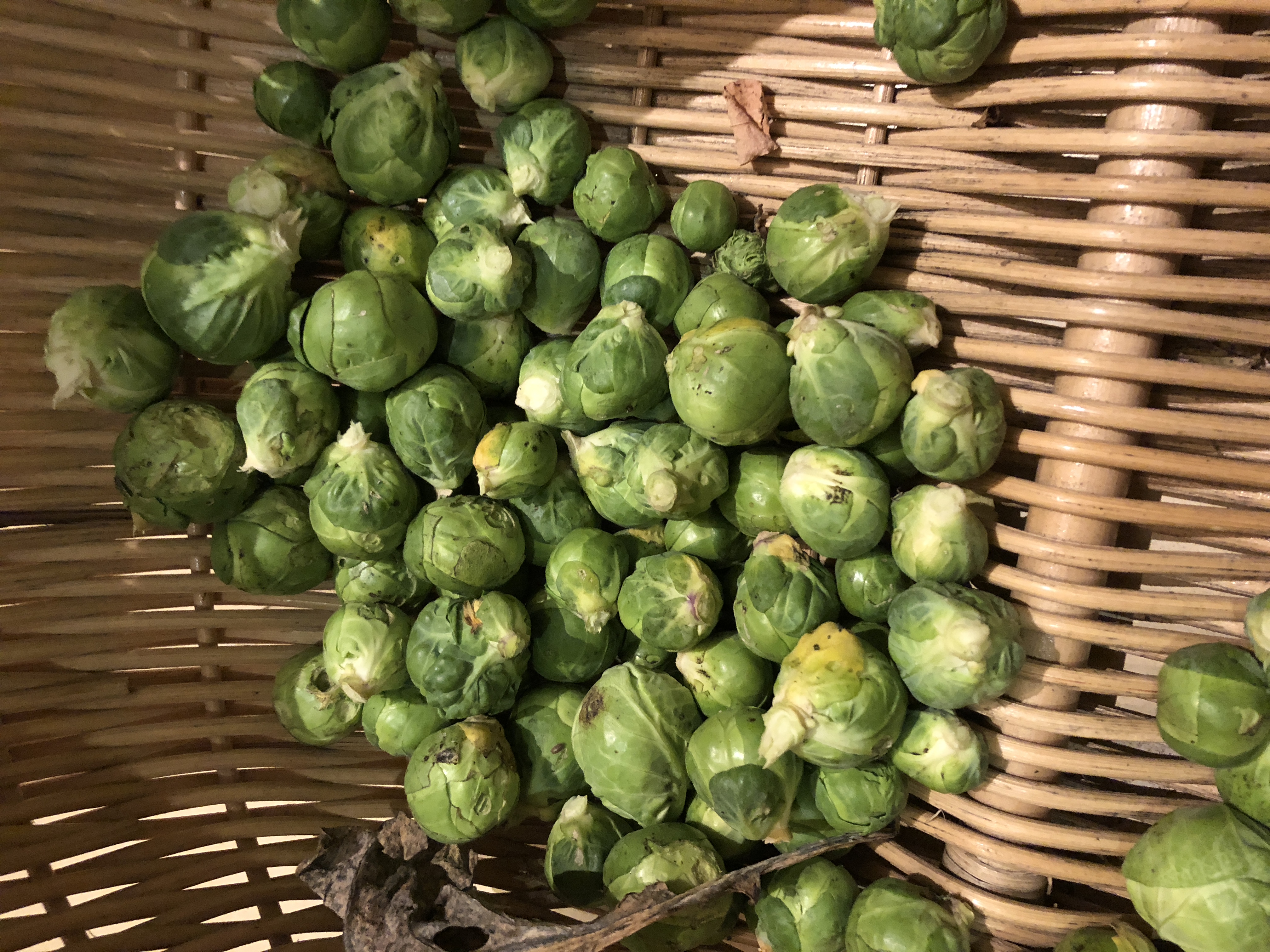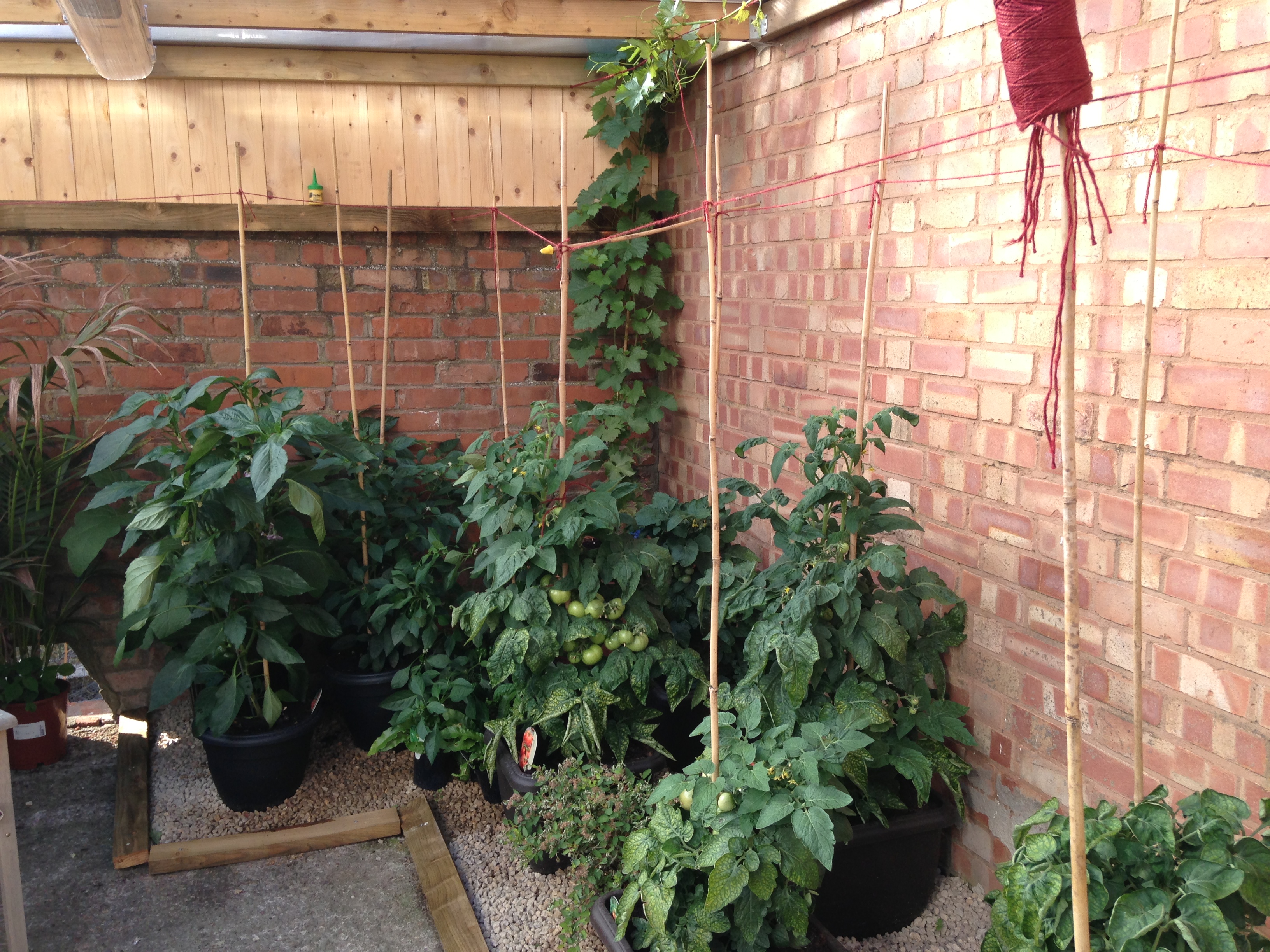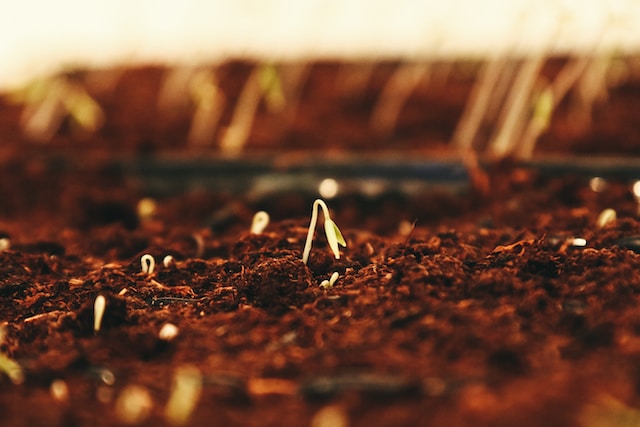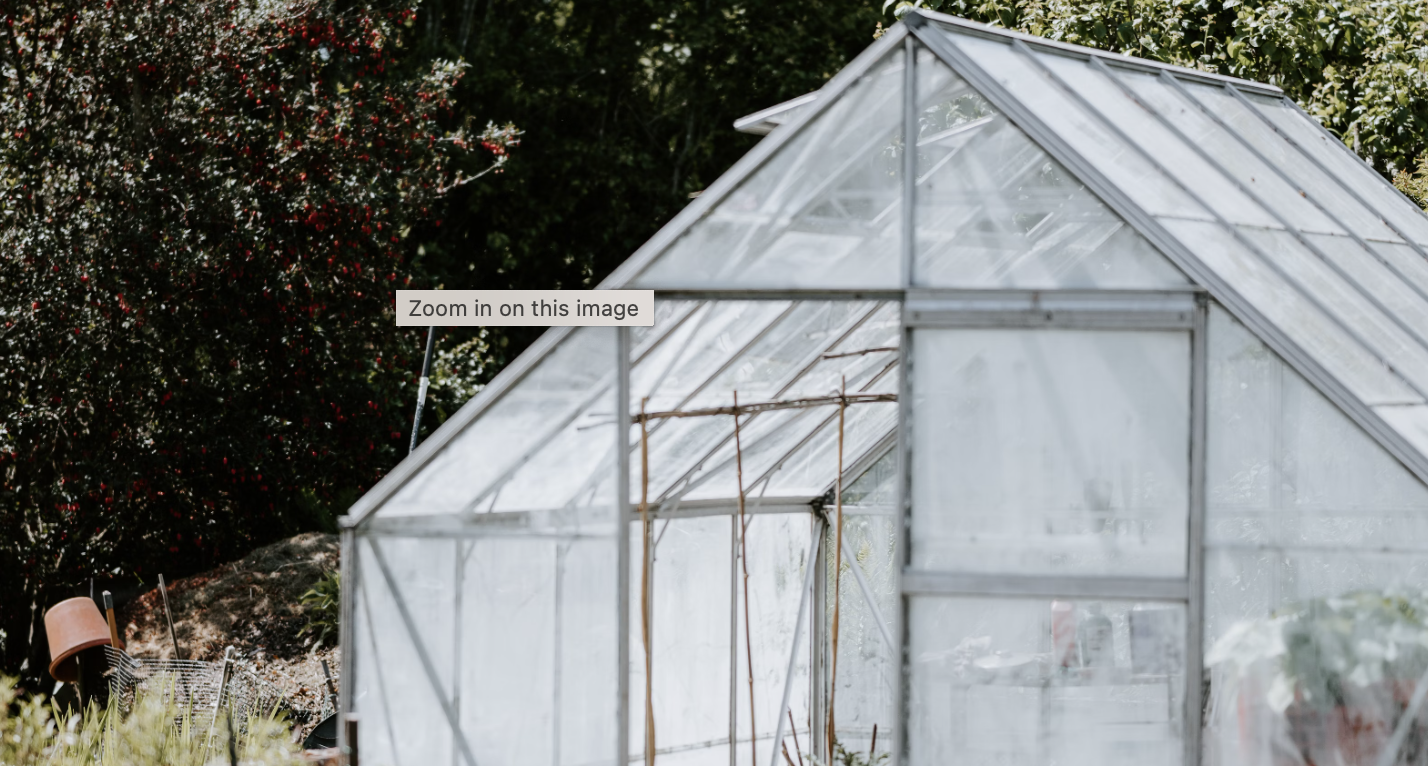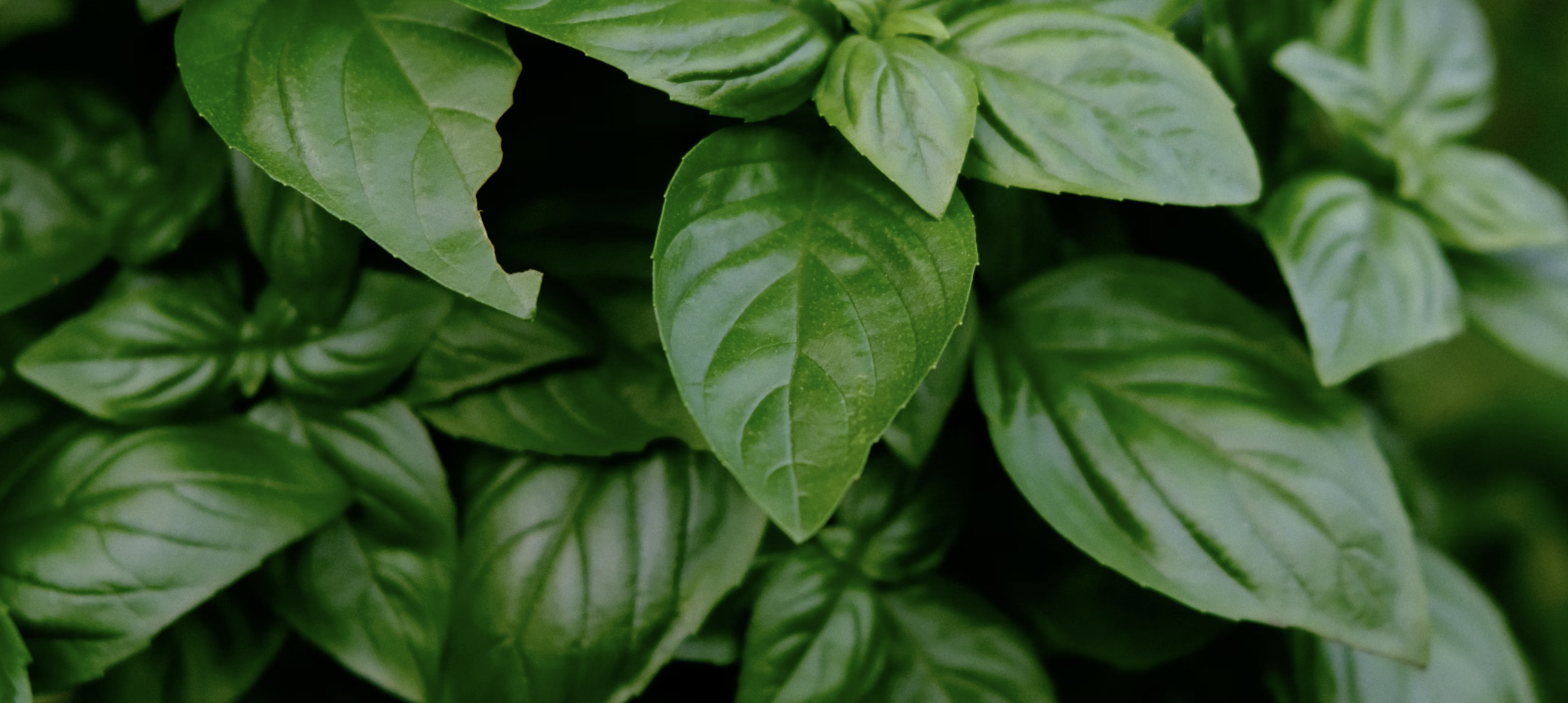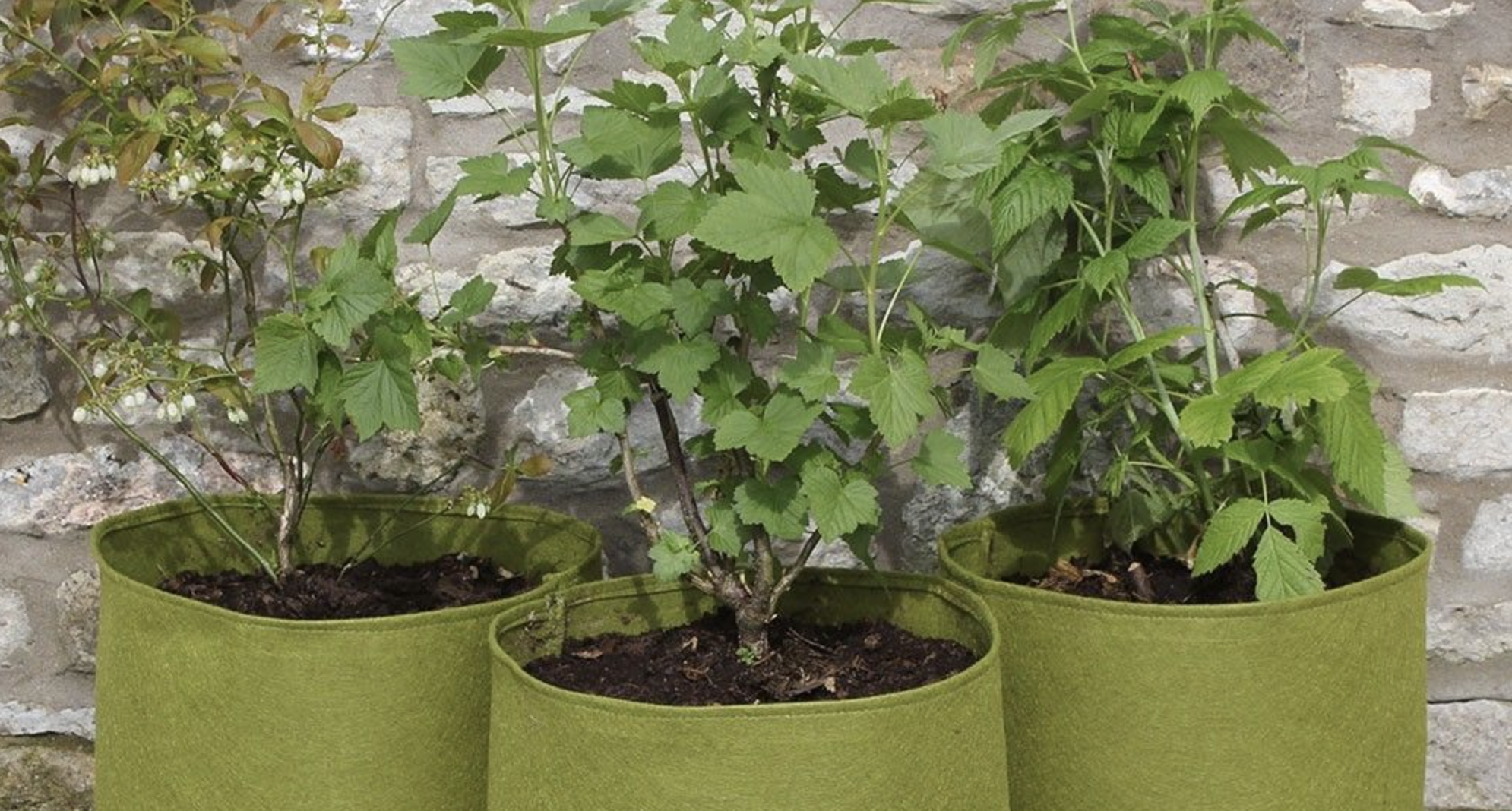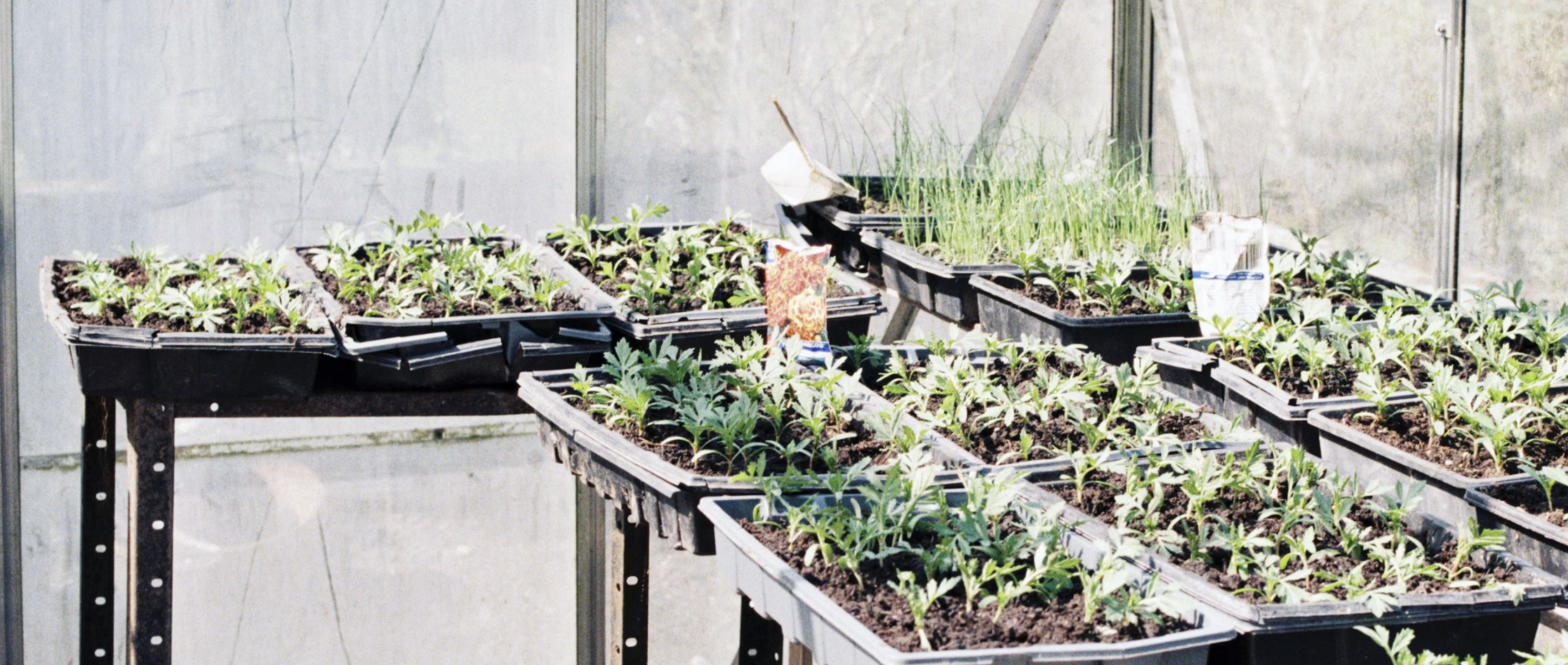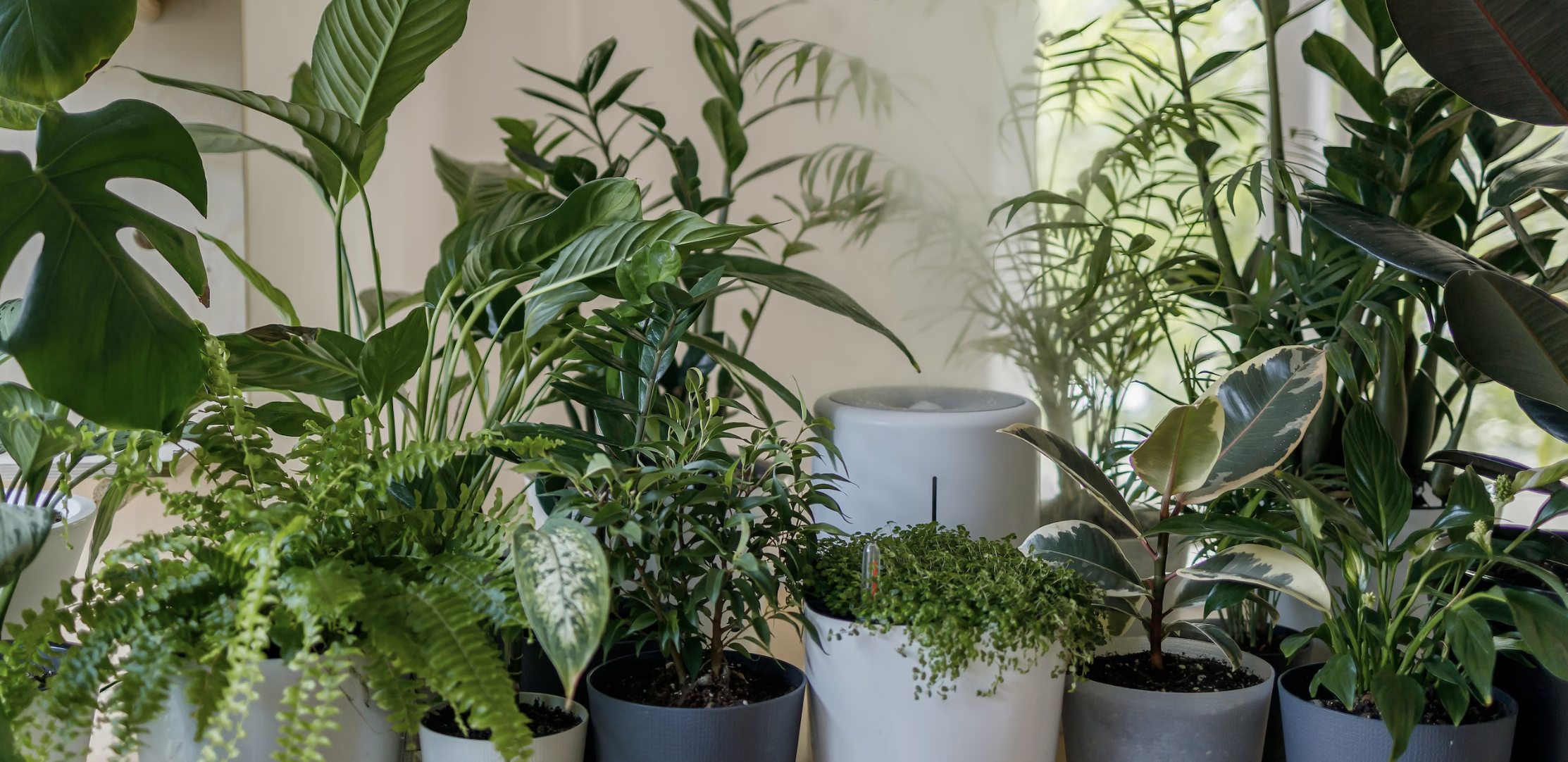
Embarking on the journey of growing your own vegetables is a rewarding endeavor that not only provides fresh, wholesome produce but also educates your children about the origins of their food. Starting a new vegetable patch is a straightforward process that can be initiated at any time of the year, with spring and autumn being the most favorable seasons.
So read Gardening for Beginners - 10 Practical Tips
To kick off your vegetable patch, focus on one area at a time. Thoroughly till the soil to eliminate weeds and stones, then level it for easy management. Sowing seeds directly into the soil is possible from March onwards; check seed packets for specific instructions. Enhance germination rates by pre-warming the soil using a cloche, allowing for earlier seed sowing.
Finding the Right Spot
Most vegetables thrive in sunny spots, so choose a location that receives ample sunlight and is protected from strong winds. Avoid areas under trees or in deep shade, as crops won't flourish there. Opt for a level space with easy access to a tap or water butt to streamline watering tasks.
Designing Your Plot
Sketching out a plan for your vegetable garden in advance can help identify and address potential issues. Organize beds in groups of four to facilitate crop rotation and prevent the buildup of pests and diseases. Don't hesitate to incorporate cutting flowers like gladioli, sunflowers, and sweet peas for added aesthetic appeal.
Weed Management
Prepare the soil meticulously by removing perennial weeds such as couch grass and bindweed before planting. Allow the soil to rest for a couple of weeks after weeding to allow any surfaced annual seeds to germinate, making it easier to hoe them off before sowing. Check our guide for five effective ways to deal with weeds.
For tested and trusted garden hoes, explore our range.
Taking It One Step at a Time
Start small to avoid overwhelming yourself. Instead of digging up the entire garden at once, focus on a small area and perfect it. Use membrane or thick cardboard to cover unused sections and keep weeds in check.
Secure weed control membrane and pegs.
Soil Preparation
If your soil contains excessive chalk or clay, opt for raised beds for easier vegetable cultivation. Fill these beds with a blend of soil-based compost, council green waste, and topsoil. Conduct a pH soil test to determine soil acidity or alkalinity; neutral soil is ideal for most vegetable crops.
Source topsoil, compost, and manure from reputable suppliers like Wickes, Homebase, and B&Q.
Growing Easy Crops
For beginners or those gardening with children, start with easy-to-grow crops. Consider cultivating courgettes, potatoes, beans, strawberries, radishes, and beetroot for a successful and satisfying vegetable patch experience.



